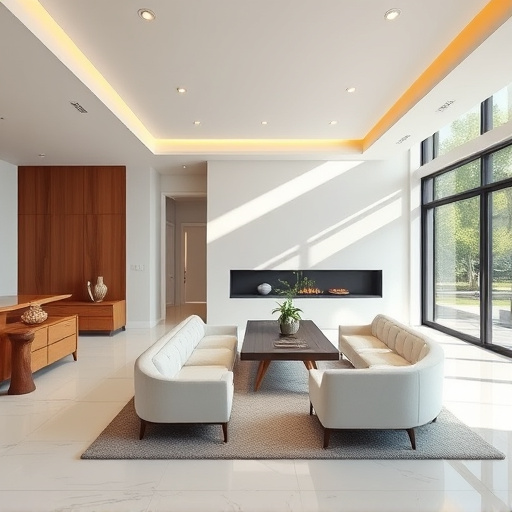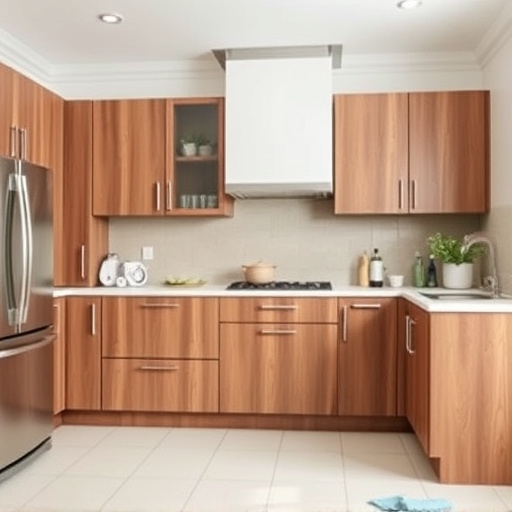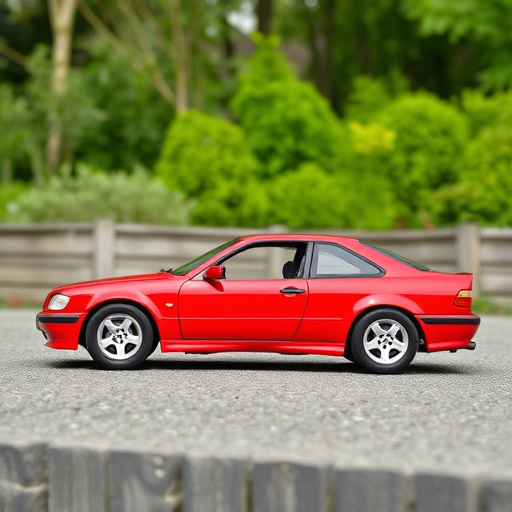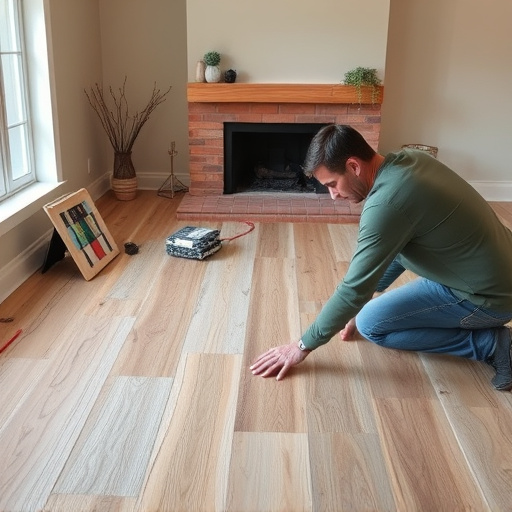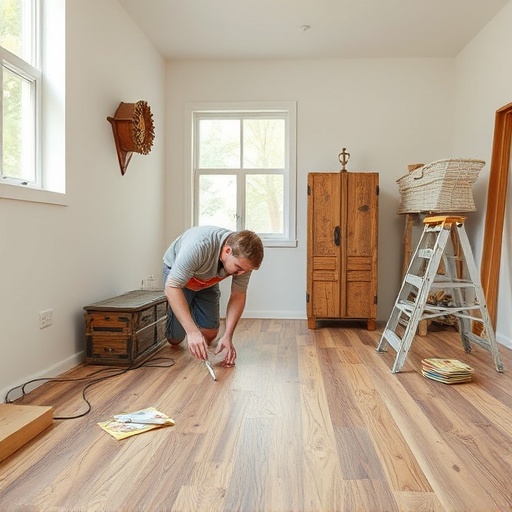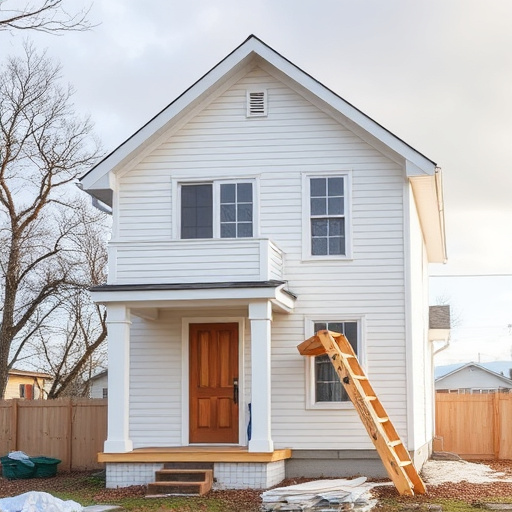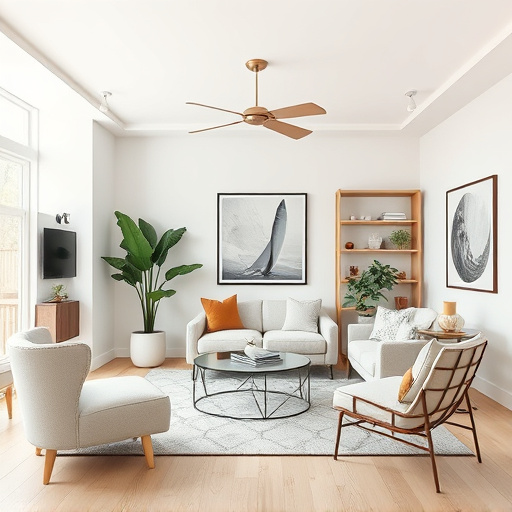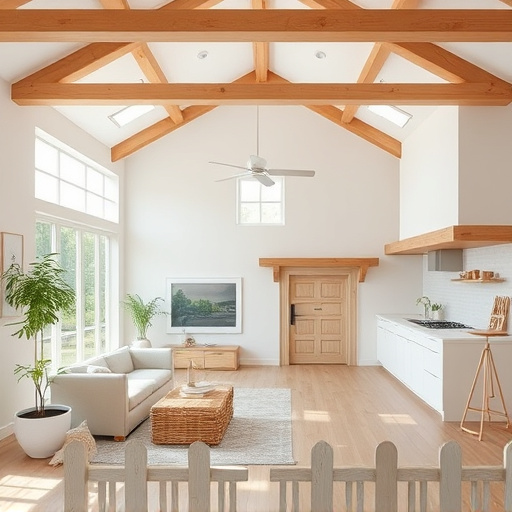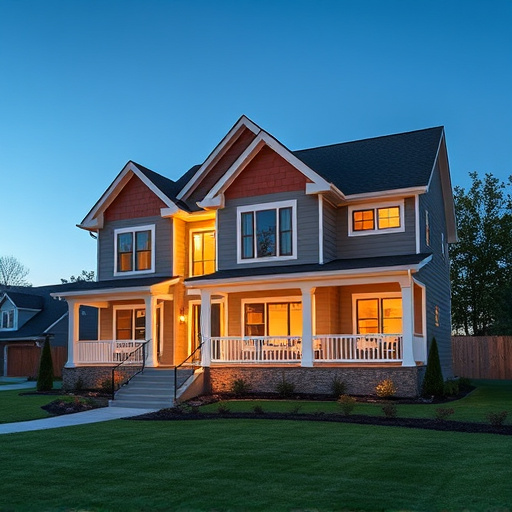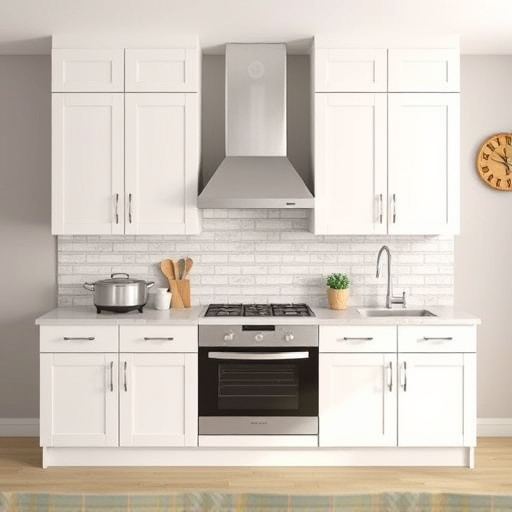Minimalist design interiors focus on spaciousness, simplicity and functionality, prioritizing every element's purpose to create uncluttered yet captivating spaces. By curating essential furniture, employing natural light and neutral colors, and using smart storage solutions, minimalism offers practical aesthetics for kitchens, baths, and beyond in modern design interiors.
“Discover the allure of minimalism in modern design interiors, where less is indeed more. This article guides you through the art of creating serene, focused spaces by embracing spaciousness, uncluttering, and strategically employing light and color. Learn key principles from the essential furniture selection to enhancing ambient lighting, resulting in elegant, calm, and inviting design interiors.”
- Embracing Spaciousness: Key Principles of Minimalist Design Interiors
- Uncluttering: The Art of Selecting Essential Furniture and Decor
- Light and Color: Enhancing Minimalist Spaces for Calm and Focus
Embracing Spaciousness: Key Principles of Minimalist Design Interiors
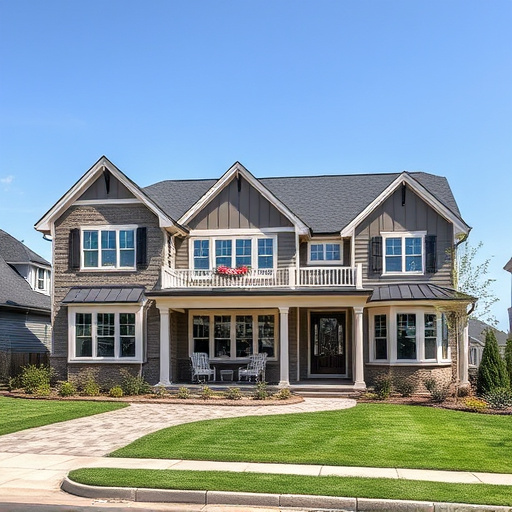
In minimalist design interiors, embracing spaciousness is a fundamental principle that goes beyond mere size. It’s about creating an environment where each element serves a purpose and contributes to a sense of calm and order. This aesthetic prioritizes simplicity and functionality, ensuring that every piece in a room—from furniture to décor—has its place. By minimizing clutter and embracing negative space, minimalist design interiors offer a soothing and elegant ambiance.
This approach is not just about aesthetics; it also extends to practical considerations, such as optimizing storage solutions and efficient use of space. In the realm of home improvement services, many homeowners are turning to minimalist design for its ability to transform spaces into serene retreats. Whether it’s a kitchen and bath renovation or a broader reconfiguration of living areas, minimalist principles can enhance both functionality and aesthetics, creating an inviting atmosphere that is both uncluttered and captivating.
Uncluttering: The Art of Selecting Essential Furniture and Decor
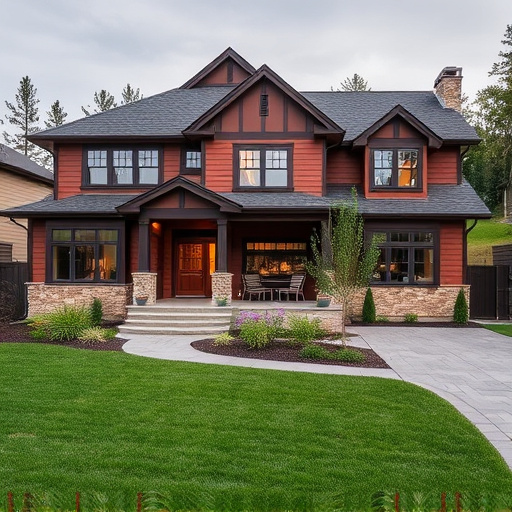
Uncluttering is a key aspect of embracing minimalism in design interiors. It involves carefully curating furniture and decor to include only the essential elements that enhance functionality and aesthetic appeal. This process begins with assessing each item’s purpose and value within the space, asking if it brings joy or serves a practical need. By adopting this mindset, homeowners can transform their kitchens and baths—from chaotic clutter to calm, organized functional spaces.
In a minimalist approach to kitchen remodel and design, every piece of furniture and decoration should have a designated role. For instance, in the heart of the home like the kitchen, choose versatile and multi-functional pieces that save space without compromising style. Simple, sleek countertops and streamlined cabinets can create an atmosphere of tranquility, allowing for seamless movement and an uncluttered mindspace. This philosophy extends to bathroom design as well, where smart storage solutions and thoughtful decor choices ensure every corner serves a purpose, fostering a sense of balance and peace in these often-overlooked yet vital functional spaces.
Light and Color: Enhancing Minimalist Spaces for Calm and Focus
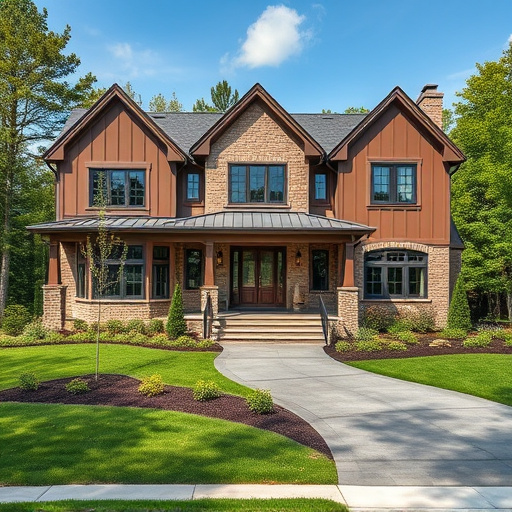
In minimalist design interiors, light and color play a pivotal role in fostering a sense of calm and focus. Natural light is maximized through expansive windows and open floor plans, creating an airy atmosphere that connects indoor spaces with the outdoors. Soft, neutral colors like whites, grays, and beiges dominate the palette, reflecting light and making rooms appear larger than they are. This simplicity doesn’t mean monotony; instead, it offers a serene backdrop for personal touches of color through accessories or accent walls, adding depth without clutter.
Home improvement services often tailor these minimalist principles to various spaces, including bathroom remodels, where every element is carefully curated. In these renovated areas, thoughtful lighting design—from recessed fixtures to strategic lamps—enhances the overall aesthetic and functionality. Color choices in bathrooms might include calming blues or soothing greens, further emphasizing the tranquility that minimalism aims to bring to modern design interiors.
Minimalism in modern design interiors offers a serene and focused living environment by embracing spaciousness, practicing thoughtful uncluttering, and leveraging light and color. By adhering to these key principles, designers and homeowners alike can create beautiful, functional spaces that promote calm and productivity. Incorporating essential furniture and decor, along with strategic use of natural light and calming color palettes, enhances the overall aesthetic appeal and usability of minimalist design interiors.
